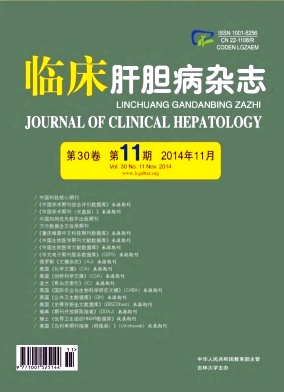Objective To profile the types of bacteria in bile culture and study their antibiotic sensitivity pattern in patients with varying degrees of acute cholangitis and to provide data guidance for the prevention and treatment of bacterial infection. Methods The clinical data of230 patients with acute cholangitis who were admitted to our hospital from April 2010 to April 2014 were retrospectively analyzed. Classification of pathogenic bacteria and the antibiotic sensitivity test in bile cultures were performed using VITEK 2 Compact Biomerieux microbiological system. Results Within the 230 patients, 172 tested positive for biliary bacteria, and the positive rate was 74. 78% (172 /230) . There were 237 strains of pathogenic bacteria, including 135 strains of Gram- positive bacteria (56. 96%) , comprised mainly of Enterococcus and Staphylococcus aureus, 96 strains of Gram- negative bacteria (40. 51%) , comprised mainly of Pseudomonas aeruginosa, Escherichia coli, and Klebsiella pneumonia, and 6 strains of fungi (2. 53%) , comprised mainly of yeast. Significant difference in the positive rate of bacteria was detected between patients with mild and severe cholangitis (χ2= 4. 58, P = 0. 028) . Gram- negative bacteria were the predominant isolates in patients with mild and moderate acute cholangitis, while multiple bacterial infection was more common in patients with severe cholangitis. Biliary bacteria had a higher rate of susceptibility to vancomycin, imipenem, and amikacin compared with other antibiotics.Conclusion Gram- positive bacteria are the predominant pathogens in acute cholangitis. Early detection, immediate intervention, and accurate drug susceptibility test should be implemented at regular intervals to direct effective clinical therapy.













 DownLoad:
DownLoad: